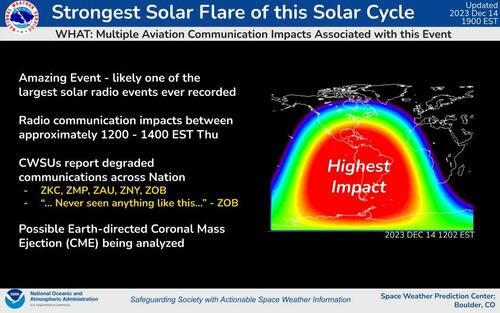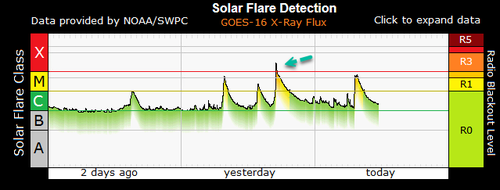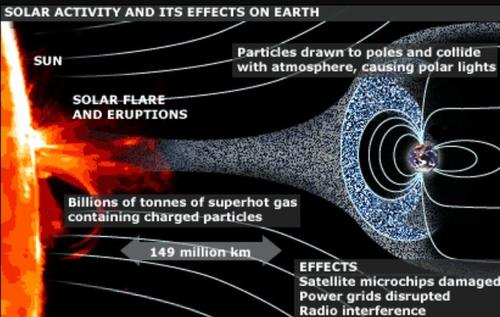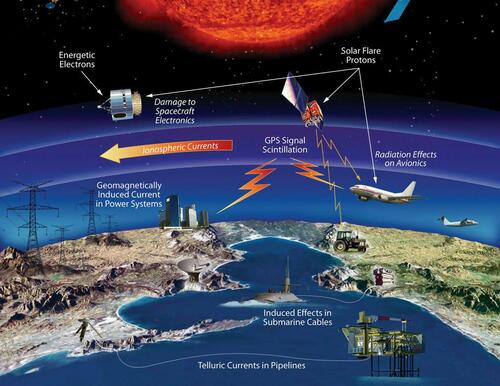Porky82
Well-known member
Happy Hibernal Solstice skeptics.
here is a link to temperatures of the great north today, just days after the "melt" on Dec. 17.
not much melting going on.

WoW, -71*F in the interior, Santa better put some antifreeze in the eggnog!
Hope your Holidays are full of cheer.







